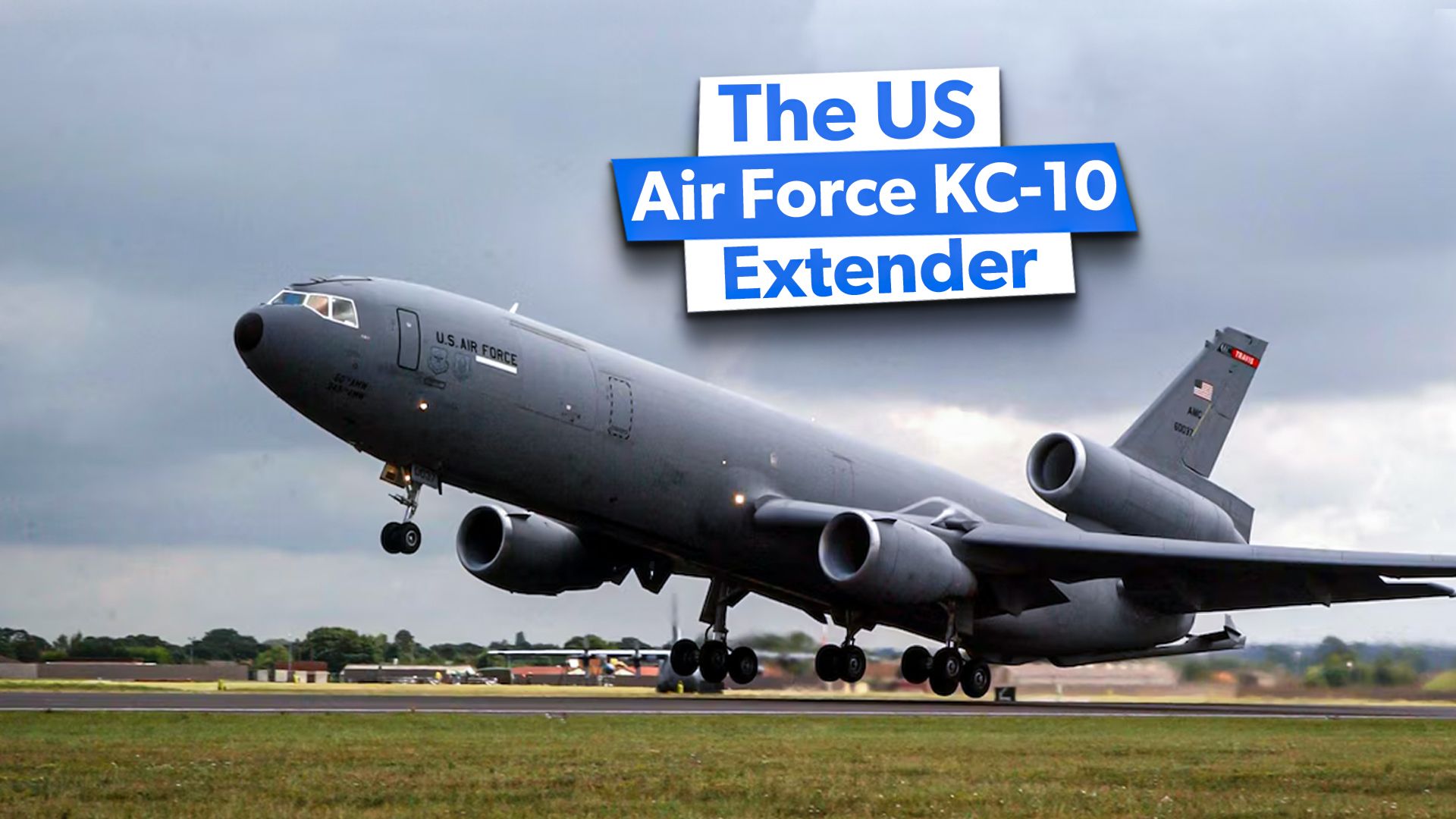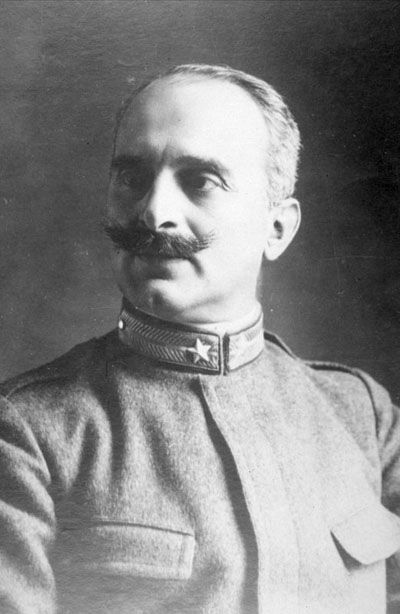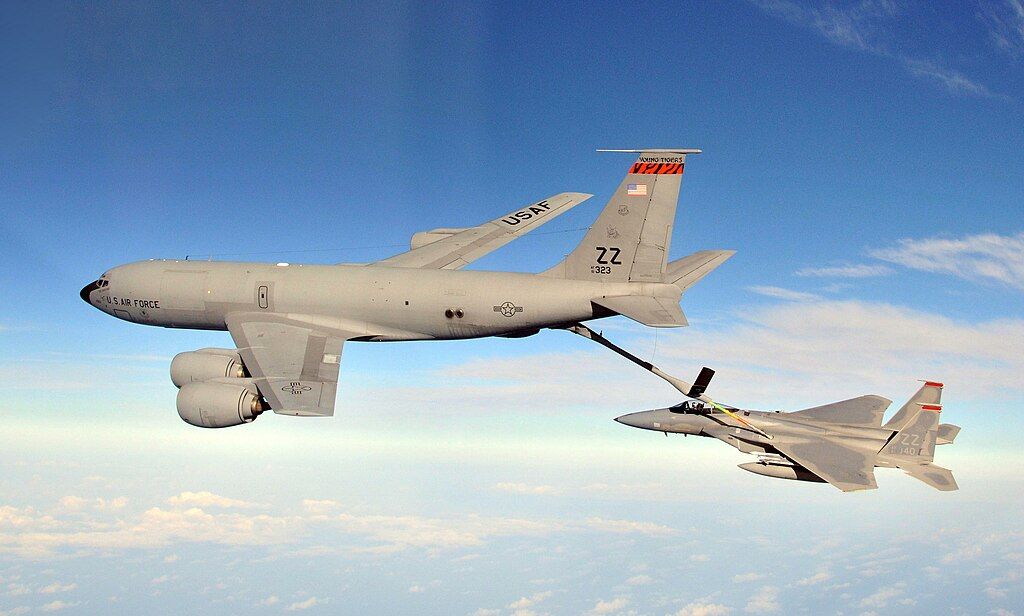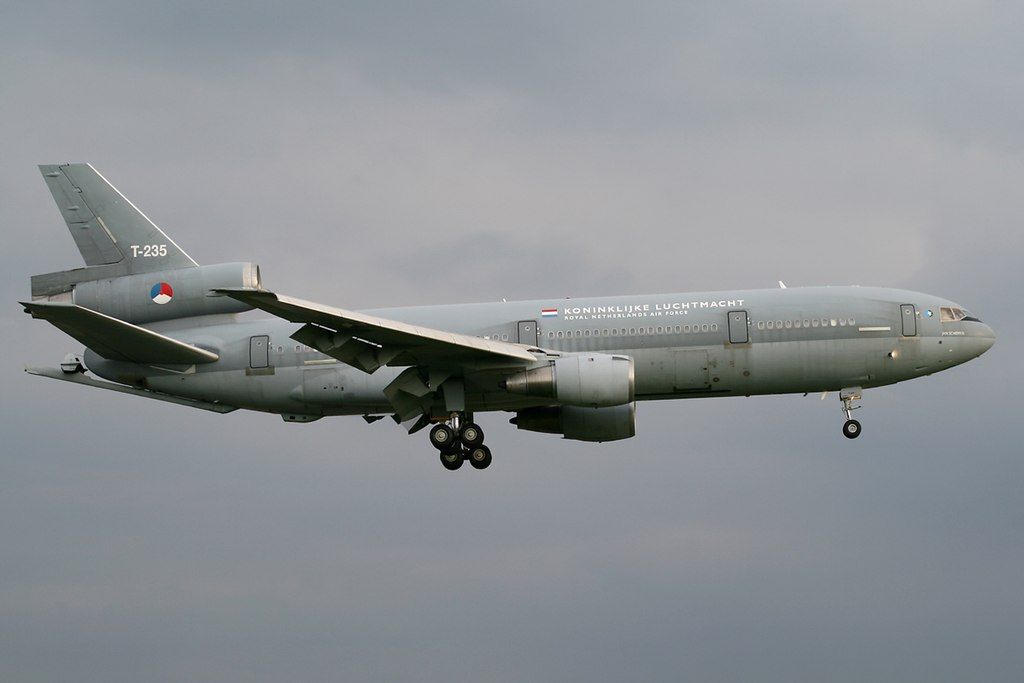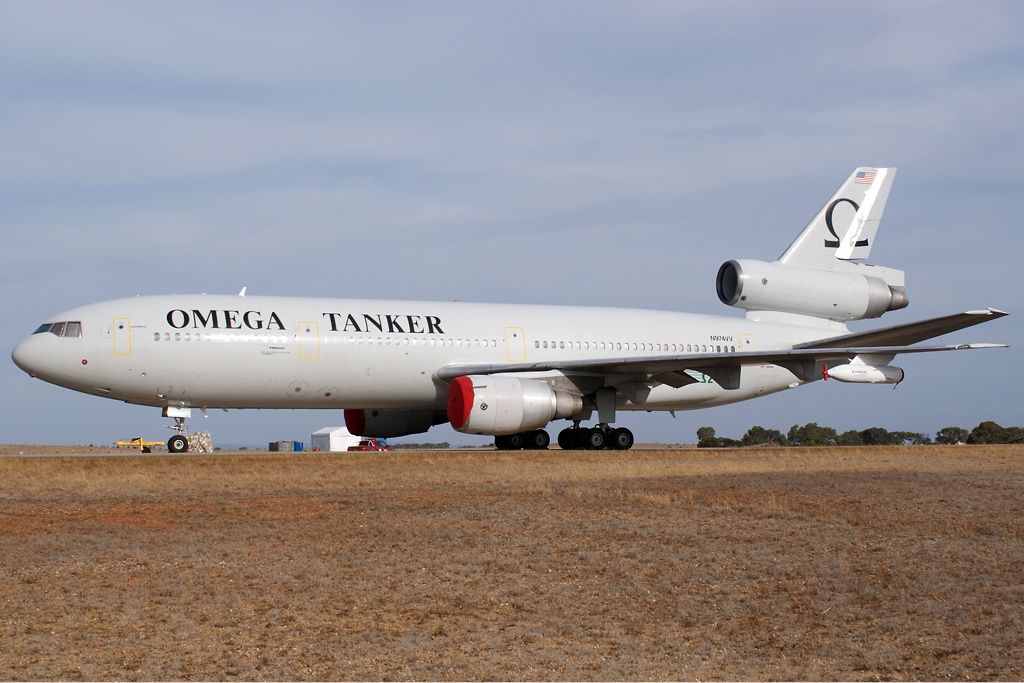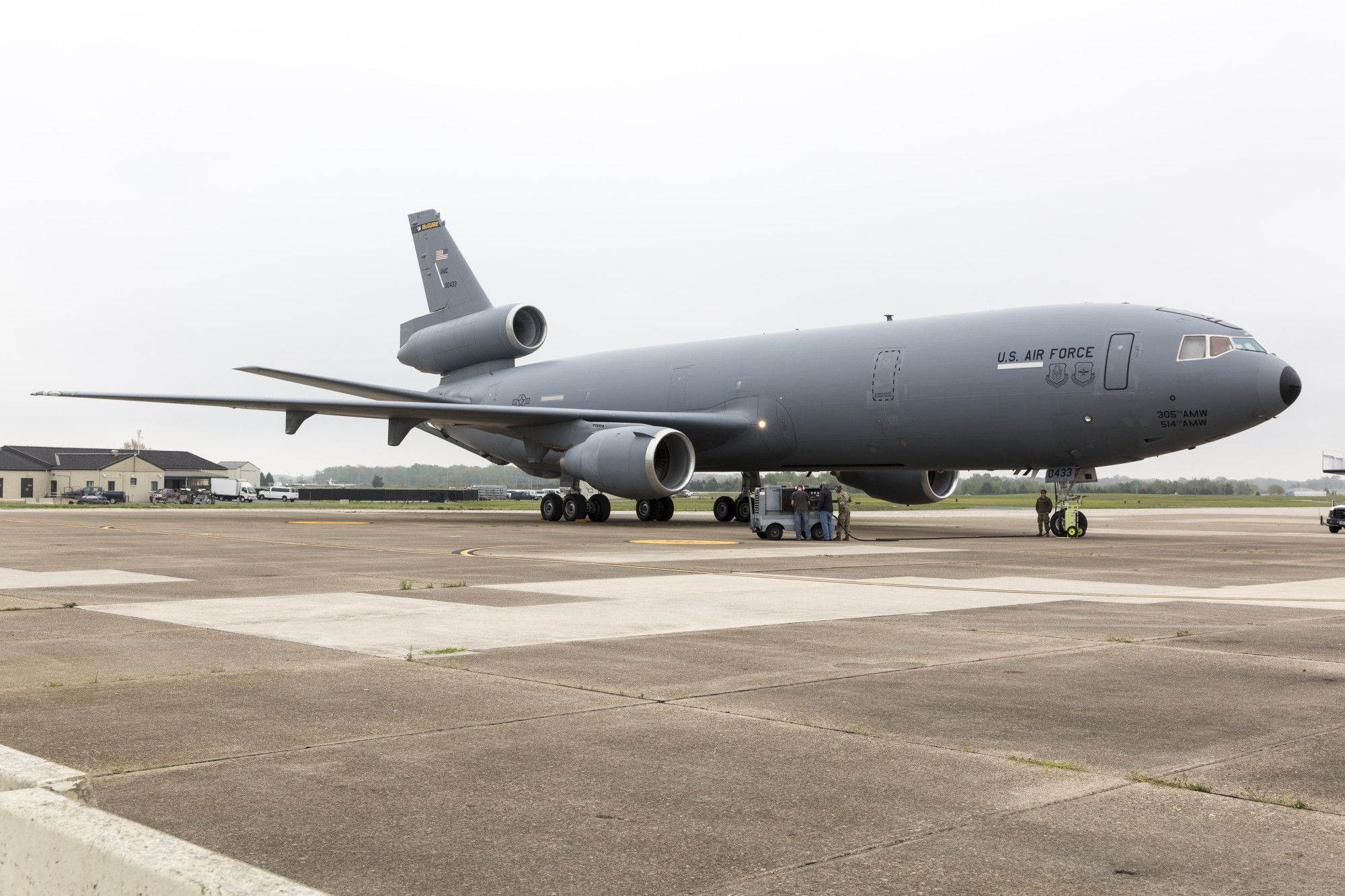Summary
- The KC-10 Extender served faithfully for 44 years in various conflicts.
- The Extender’s service life will be shorter than the KC-135’s, being retired in September 2024.
- The KC-10 showed greater interservice flexibility yet earned only one FMS contract.
Fuel is essential for air defense, and the role of US Air Force tankers is to keep jets supplied on critical extended missions. The McDonnell Douglas KC-10 Extender was appropriately named as it extends the combat range of fighter planes and bombers.
Here are five things you should know about this aerial refueling powerhouse:
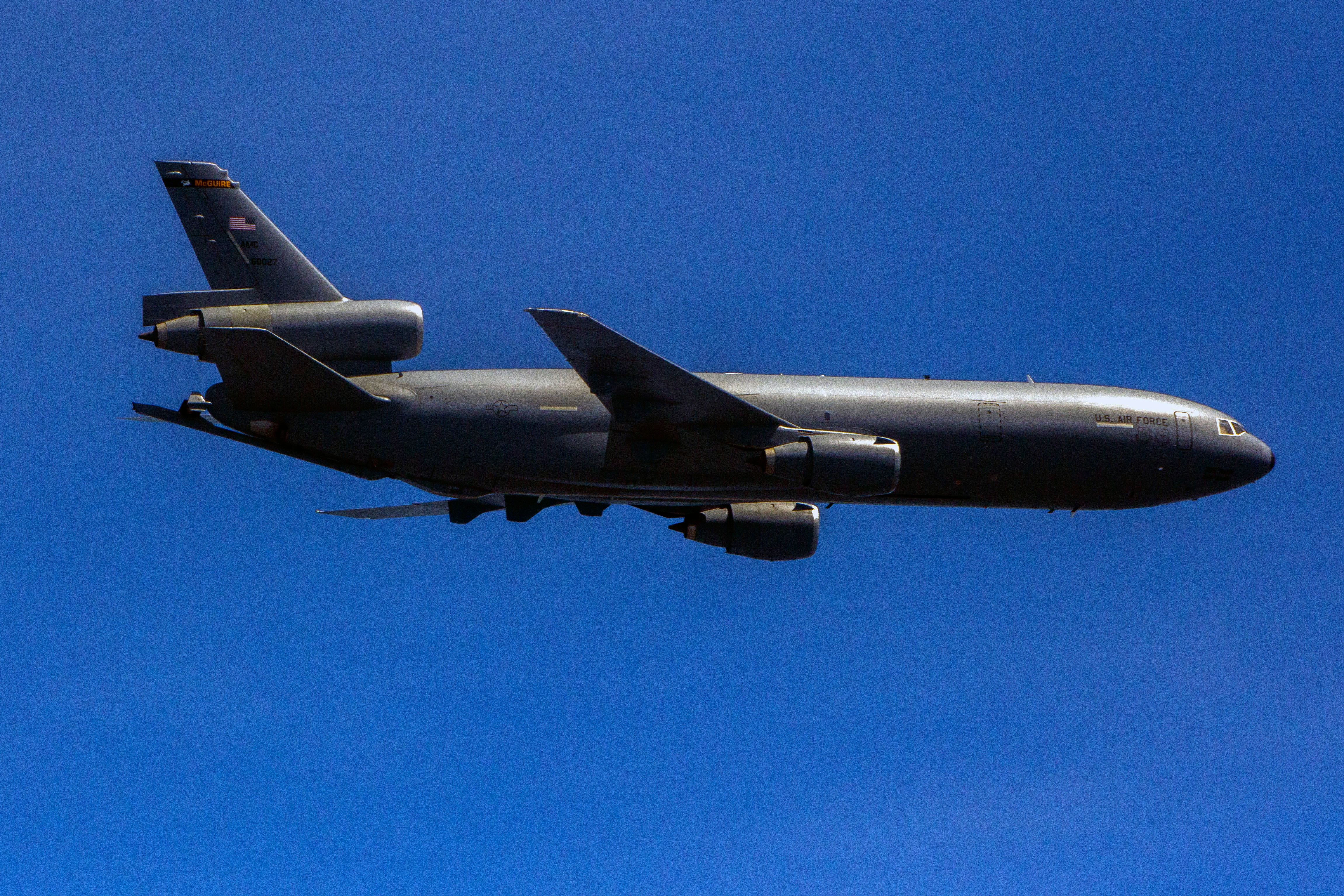
Related
42 Years Of Flight: The McDonnell Douglas KC-10 Extender’s History
A look at one of the United States Air Force’s key assets.
1
44 years of faithful service
Born during the penultimate decade of the Cold War
The KC-10 Extender made its maiden flight on July 12, 1980, and officially entered into operational service with the US Air Force on March 1, 1981. It was built by McDonnell Douglas (which merged with Boeing in 1997) as a military version of the DC-10 civilian airliner, which in turn made its maiden flight on August 29, 1970, and debuted commercially via American Airlines on August 5, 1971. As detailed in US Air Force Fact Sheets:
“Although it retains 88 percent of systems commonality with the DC-10, it has additional systems and equipment necessary for its Air Force mission. These additions include military avionics; aerial refueling boom and aerial refueling hose and drogue; seated aerial refueling operator station; and aerial refueling receptacle and satellite communications.”
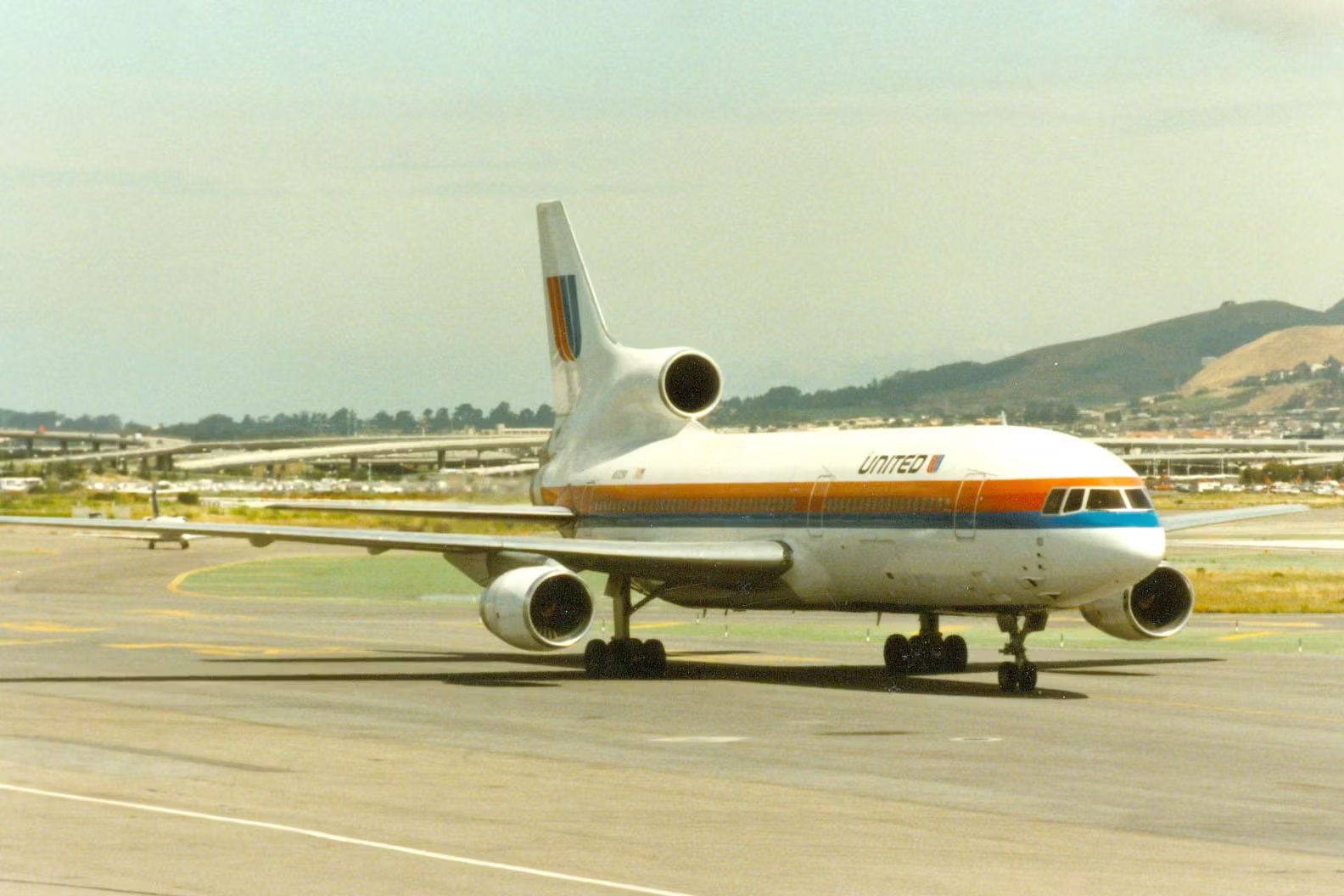
Related
Why The DC-10 Was More Successful Than The Lockheed L-1011 Tristar
The McDonnell Douglas aircraft slightly outsold its rival.
A total of 60 KC-10s were produced from 1979 to 1987, and since their adaptation by the USAF, they’ve served faithfully in the following conflicts:
- Operation El Dorado Canyon (the 1986 bombing of Libya)
- Operation Desert Storm (1991 Persian Gulf War)
- Operation Allied Force (1999 NATO bombing of Yugoslavia)
- Operation Enduring Freedom (OEF; Afghanistan phase of the Global War on Terror [GWOT] beginning in 2001)
- Operation Iraqi Freedom (2003 Iraq War)
2
Not quite 50 years old
The KC-10’s service life won’t equate or exceed that of the KC-135
The KC-10 was designed and selected to supplement the Boeing KC-135 Stratotanker, as the latter was exposed as somewhat lacking in flexibility during operations in the Middle East. Indeed, 20 years ago, the KC-10 was expected to serve until 2043.
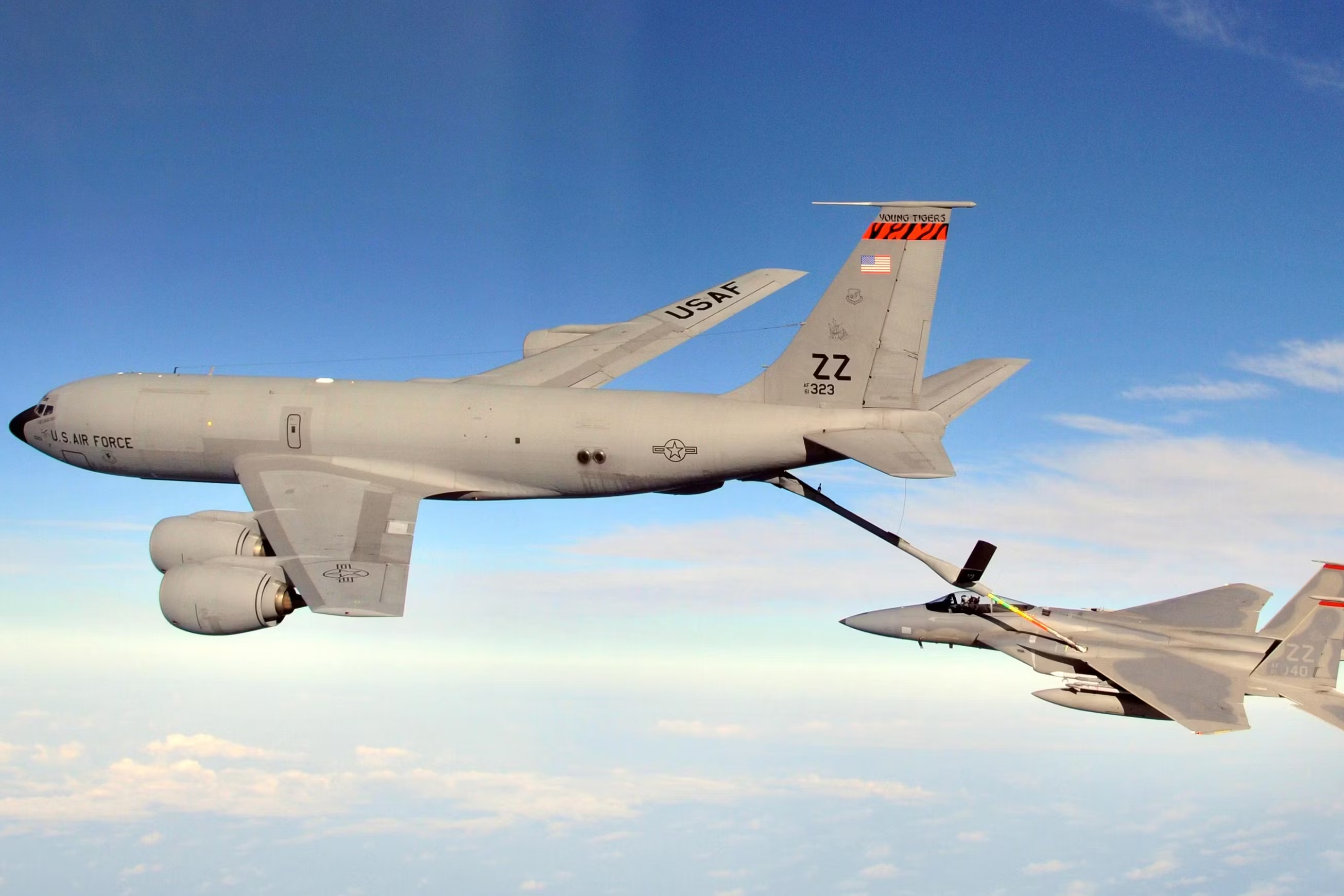
Related
History: The USAF KC-135 Stratotanker Whose 20-Degree Dive Saved A Fighter Jet
One of the two jets had already flamed out.
Despite the Extender’s greater flexibility and versatility than the Stratotanker, the latter is still in service, with an incredible extended service life of 67 years. The KC-135 made its maiden flight on August 31, 1956, and officially entered operational service in June 1957. Meanwhile, the Extender is already being put out to pasture, being replaced by the KC-46 Pegasus.
The first Extender to be retired was tail number 86-0036, which was transferred in July 2020 to the 309th Aerospace Maintenance and Regeneration Group (AMARG) for storage at “The Boneyard” at Davis Monthan AFB, Arizona. Fast-forward to January 2023, and the USAF announced that all KC-10s will be retired by 30 September 2024. As a result of this command decision, the Extender flew its last combat sortie on October 5, 2023.
On January 11, 2024, the last active-duty wing to operate the aircraft—the 9th Air Refueling Squadron (ARS) of the 60th Air Mobility Wing at Travis AFB, California—consigned its “flagship,” tail number 79-1946, to that same Boneyard. In an interview with DVIDS, 9th ARS commander, Lt. Col. Andrew Baer, explained why the unit had dubbed the Extender its “flagship,” saying,
“What’s so awesome is this airplane has a long history. It was in (Operations) Urgent Fury, Enduring Freedom, Allies Refuge, Desert Storm, Iraqi Freedom, New Dawn, Inherent Resolve… you name it, this jet has seen it.”
3
Greater interservice flexibility than the KC-135
Better able to refuel US Navy and Marine Corps warbirds as well as USAF assets
In the words of 20th-century Italian airpower theorist General Giulio Douhet:
“Flexibility is the key to airpower.”
The KC-10 Extender is more flexible than the KC-135 Stratotanker and lends itself much better to joint service air operations. This is largely due to a hose-and-drogue system that is more compatible with USN, USMC, and most allied warbirds. It can serve all aircraft in one mission. By contrast, the Stratotanker only uses a boom system, which is solely compatible with USAF aircraft.
4
Only one Foreign Military Sales (FMS) contract
The Dutch have been the only international customer of the KC-10
As in the Royal Netherlands Air Force (RNLAF; Koninklijke Luchtmacht [KLu]). Given the KC-10’s superb reputation for quality and the invaluable service and tactical advantage provided by aerial refuelers, it’s a tad surprising that the Extender hasn’t had more extensive foreign sales. By contrast, Chile, France, Singapore, and Turkey have purchased the Stratotanker at one time or another.
Digging further into the research, it turns out that the RNLAF took two civilian market DC-10s and converted them to KC-10 specs with the designation KDC-10 instead of buying airframes built from the ground up at KC-10s. The Dutch retired their KDC-10s in 2021.
However, the Extender did provide service to one other foreign nation’s military, albeit via a private party intermediary. The commercial refueling company Omega Aerial Refueling Services Inc., headquartered in San Antonio, Texas, furnished a KDC-10 that supported the Royal Australian Air Force’s F/A-18 Hornets en route to the Red Flag multinational exercise in Alaska in June and July 2011. Perhaps not coincidentally. Omega also purchased those retired Dutch Air Force KC-10s.
5
Where are they now?
Some are preserved for posterity
Although the official full retirement date for the KC-10 is three months away, preservation-minded aviation museum curators haven’t wasted any time acquiring the already-retired airframes to preserve them for posterity. Three of these venerable gas-toting warbirds have been converted to static displays at the following museums:
- Tail No. 79-0433, at the Air Mobility Command (AMC) Museum at Dover AFB, Delaware; this specimen is of particular historical significance and sentimental value, as it was the very first Extender to be produced and was used for testing and development before entering service in 1981.
- Tail No. 84-0185, at the March Field Air Museum at March Air Reserve Base, Riverside, California.
- Tail No. 84-0191, at the Air Park of the National Museum of the United States Air Force at Wright-Patterson AFB (in the vicinity of the city of Dayton), Ohio.
Time will tell if any additional KC-10s get selected for museum display.
What are your thoughts on the KC-10 Extender? Share them in the comments.

